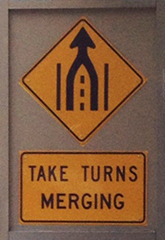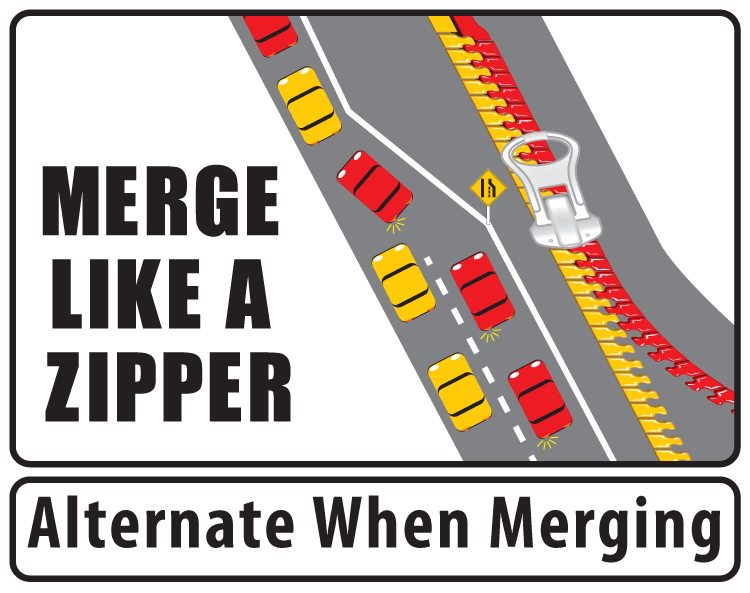anb
Active Member
There's only the Airport and Renforth Station that does 1 direct connection each between the communities (Lawrence and Eglinton respectively). Humber College also does it further north but its very linear and 1 of them is an express route which Miway is underperforming with 20 min service all day instead of the 10 min or better service pre pandemic (107). There is also one route that goes deep into Etobicoke from Westwood-Islington via Derry/Rexdale but that route comes every 30-40 mins and doesn't run on Sundays so none of these options are good ones to help this bottleneck portion of the highway. Then there's GO Transit route 19 that goes from Square One-Finch via Renforth but that doesn't come nearly as frequently as it should. Basically. connections between Mississauga and North Etobicoke are hard to swallow.View attachment 343698
When will there be tolls on other 400 series’s highway, this happens all day and night for whatever reason.
Does fast and reliable public transit exist between Mississauga and North Etobicoke?
They should've generated more TTC routes/branches at Renforth and push more riders towards that Eglinton West LRT extension which is the only probable solution right now to help with this section of the 401, as well as maybe a route that heads up to VMC or Pioneer Village that could help with the 400 traffic as well, but its probably never going to happen and we have to deal with the shame everytime that the Richview Expressway wasn't built and this is the result of not pushing for that.









